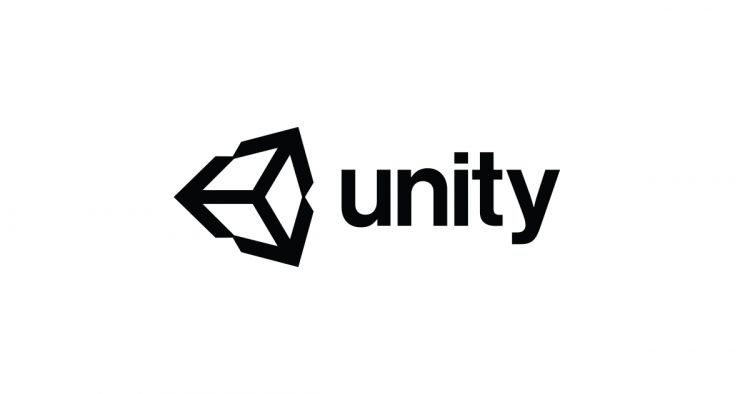Unity, which proves a game engine that can easily be used by people with no programming experience, announced that are partnering with several companies in order to improve their engine with things such as real-time raytracing, physics, and expansion into China.
With Nvidia, Unity is looking to launch real-time raytracing through Nvidia’s RTX platform. This will allow developers to implement real-time raytracing through Unity’s HIgh Definition Render Pipeline. The goal is to help developers improve lighting effects in games developed with the Unity game engine. The tech is available today through Early Access. A full preview of the launch won’t come until alter this year.
In the case of Microsoft’s Havok, Unity has partnered with them to update their game engine with a new physics engine. This will include a new default system and a new high-end option that will be backed by Havok’s proprietary physics engine. The default physics engine will remain open source; however, the high-end version will be closed off to modification. Developers will have to pay for the usage of the high-end system as well but the default system will remain free as part of the engine. Unity assured developers that there will be zero impact on any games currently in development using the Unity version of the physics engine. For those who upgrade to the Havok engine, they will have converters available to help ease with the transition.
Lastly, Unity is partnering with Chinese cloud service Tencent. This is to allow developers to create games for the Chinese market. Tencent is looking to offer a complete and flexible array of cloud solutions for app makers. The platform also promises multi-channel exposure for developers and traffic earning. They are also offering tools with global development and localization in mind. This will be made available to developers later this year.
Big changes are coming to Unity!


